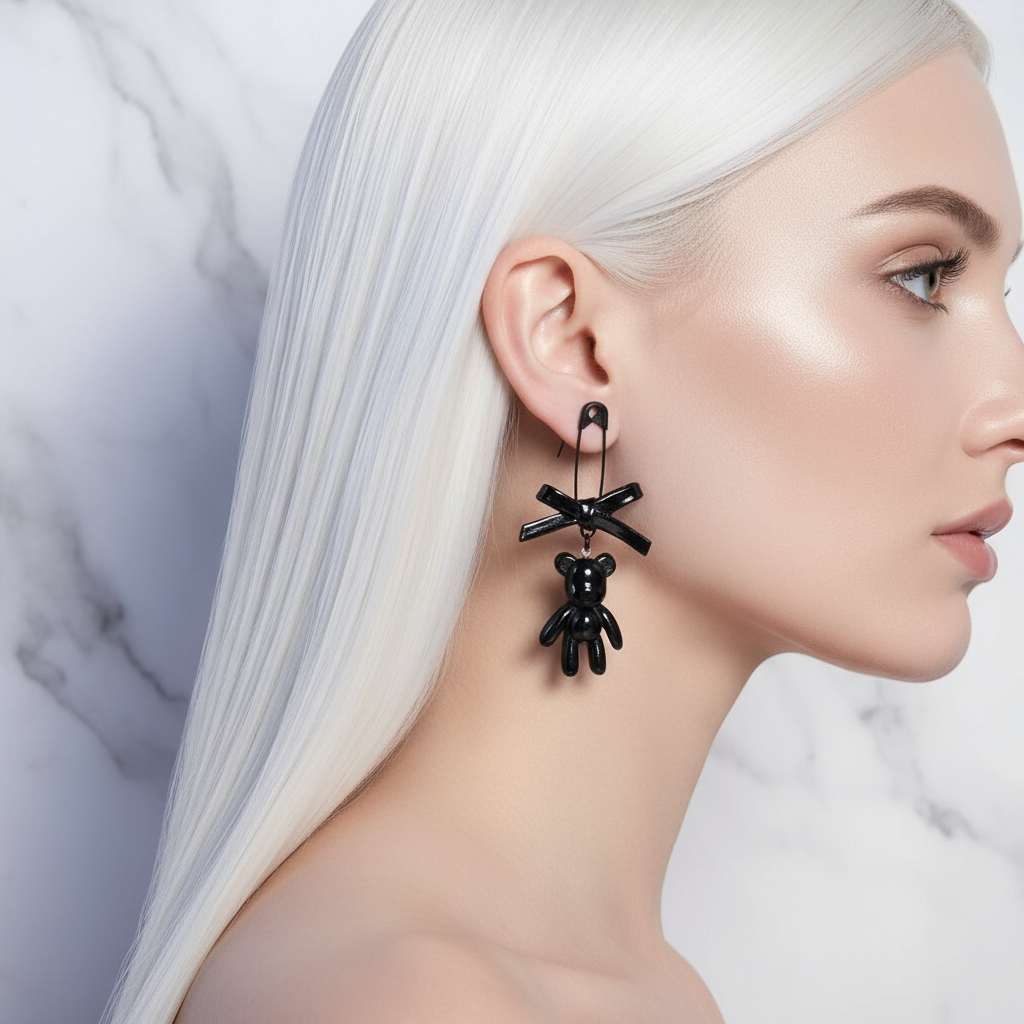We don’t just wear clothes; we inhabit narratives. And there is no narrative more compelling, more riddled with contradiction and allure, than that of the trench coat.
At ClosetBlues, we are currently fixated on the metamorphosis of this garment. We are watching the rigid architecture of military survival dissolve into the fluid language of modern seduction. This is not about keeping the rain out. It is about letting the reign in.
Here is why we are obsessed with the Defiance on the Trenches collection, and why the deconstructed trench dress is the smartest thing you can put on your body this season.
The History: From the Mud to the Mirror
To understand where we are going, we must acknowledge the ghosts we are wearing. The trench coat was born in the trenches of World War I—pure utility designed by Thomas Burberry and Aquascutum. It was beige, it was water-repellent, and it was the uniform of officers. It was survival gear.

But fashion is a thief. By the 1940s, Hollywood had stolen the trench. It became the shadow of the spy, the armor of the private eye, and the shroud of the femme fatale. It signaled mystery. If you were wearing a trench, you had a secret.
The Pivot Point: The real intellectual shift happened in the late 1980s and 90s. When Rei Kawakubo (Comme des Garçons) and Martin Margiela took their scissors to the trench, they didn’t just alter the hem; they dissected the meaning. They exposed the linings, inverted the seams, and proved that a garment designed for men could be weaponized by women. They turned protection into provocation.

The Trend: Anatomy of a Rebellion
Why is this resurfacing now? Because the world feels chaotic, and we crave structure, but we refuse to be stiff. The current runway trends are moving away from the "soft life" of leisurewear and back toward "Hard Shell" aesthetics.
We are seeing a revival of Gabardine, that tightly woven fabric that holds its shape like a promise. But unlike the trenches of the past, the new silhouette is about negative space. It’s about what isn’t there.
-
The Pattern is the Seam: We aren't looking for florals or stripes. The "pattern" of the moment is the visible architecture of the garment—the top-stitching, the storm flap, the double-breasted button stance.
-
The Palette: We stay loyal to the classics—Khaki, Sand, Camel—because they provide the perfect blank canvas for the radical cuts.
The Collection: A Study in Defiance
We have curated three pieces that perfectly encapsulate this evolution. These are not dresses; they are arguments against the status quo.
1. The Surrealist Touch: The Trecia
We call this "Vestigial Fashion." The Trecia Strapless Trench Gown features sleeves that do not function as sleeves; they drape from the bodice like a memory of the coat that once was. It is a nod to Elsa Schiaparelli’s surrealism. By rendering the sleeves useless, we turn them into pure ornament—a luxury that says, "I don't need to lift a finger." The side peplums create a hips-don't-lie silhouette that balances the masculine history with feminine geometry.

2. The Disciplined Waist: The Bulonesse
If the Trecia is the artist, the Bulonesse is the commander. The double-belted waist is our obsession here. Historically, trench belts held maps and grenades. Here, they map the curves of the body. The strapless neckline creates a delicious tension, the vulnerability of bare shoulders clashing with the authority of the belted waist. It is the armor of the modern woman: tough on the torso, soft on the skin.

3. The Jazz Age General: The Dinala
We are seeing a massive resurgence of the 1920s drop-waist, and the Dinala is the perfect hybrid. It fuses the Flapper era's liberation of the waistline with the Military era's rigid fabric. It elongates the torso, creating an intellectual, cool detachment. It’s for the woman who walks into a room and observes before she speaks.

The Future Forecast: Where the Trench Goes Next
Fashion is cyclical, but it spirals upward. Based on the collision of Y2K nostalgia and Climate-Conscious Utilitarianism, here is where we predict this trend is heading:
-
Techno-Hybrid Fabrics: We predict the next evolution will move beyond cotton gabardine into shape-shifting memory foams and recycled nylons that offer thermal regulation. The dress will become a literal climate shield.
-
Hyper-Volume: Taking cues from Demna Gvasalia’s Balenciaga, the trench dress will likely get bigger, ballooning into cocoon shapes that offer a sanctuary from the digital noise.
-
The Deconstructed "Frankenstein": We expect to see trenches spliced with evening wear—lace backs on trench coats, or trench fronts on silk slip dresses. The dichotomy will only get sharper.
The Final Verdict
The trench dress is the ultimate paradox. It is familiar yet strange, safe yet dangerous. It says that you know the history of fashion well enough to rewrite it.
Don’t just dress for the weather. Dress for the storm.



